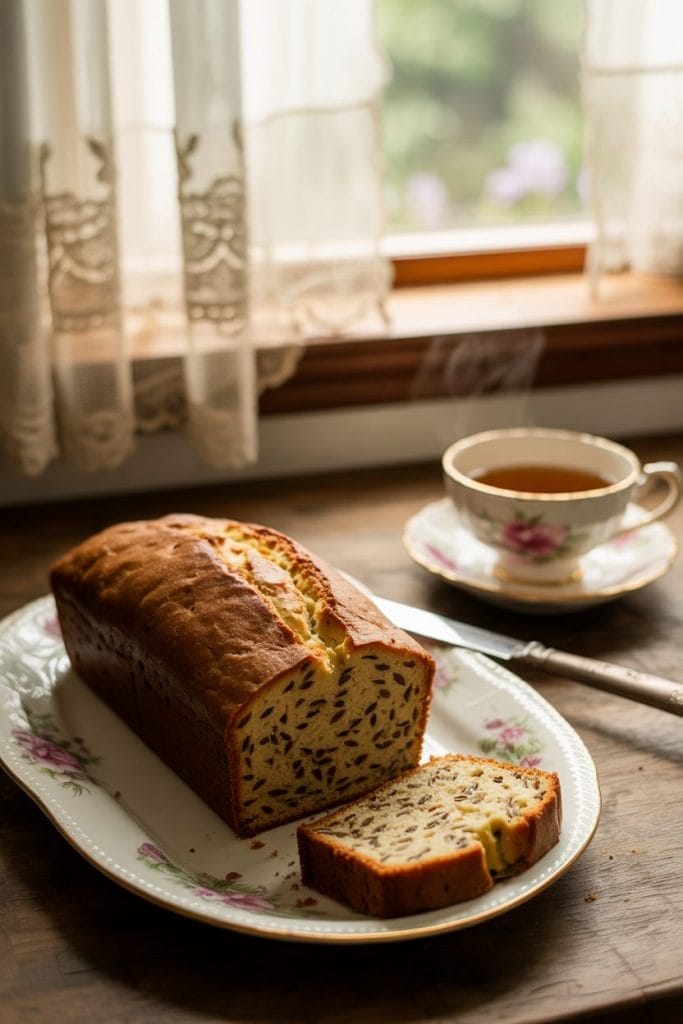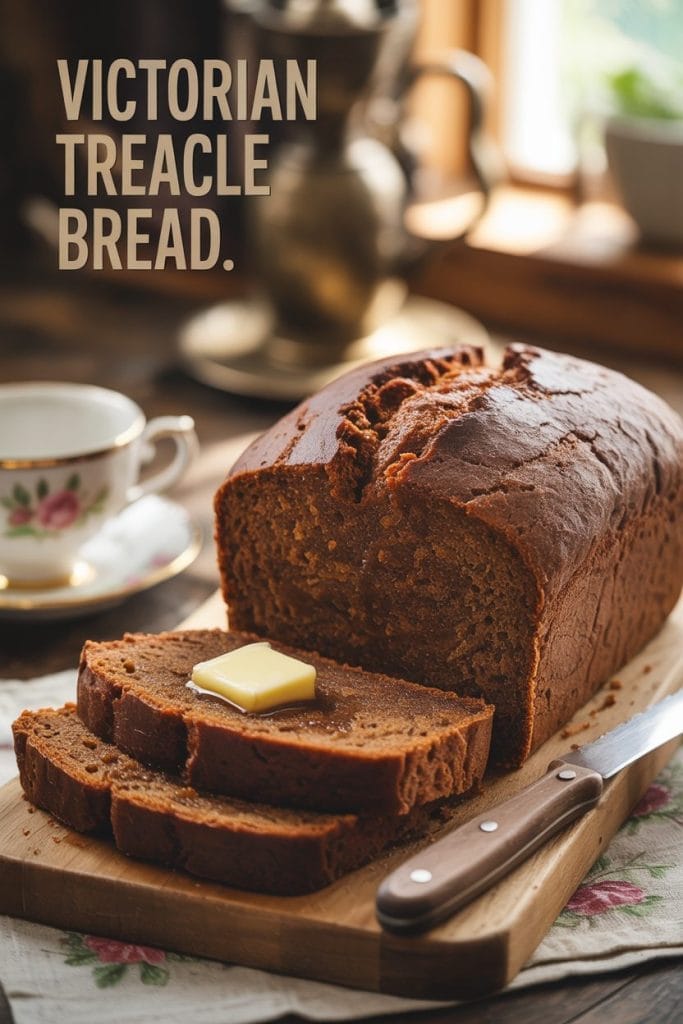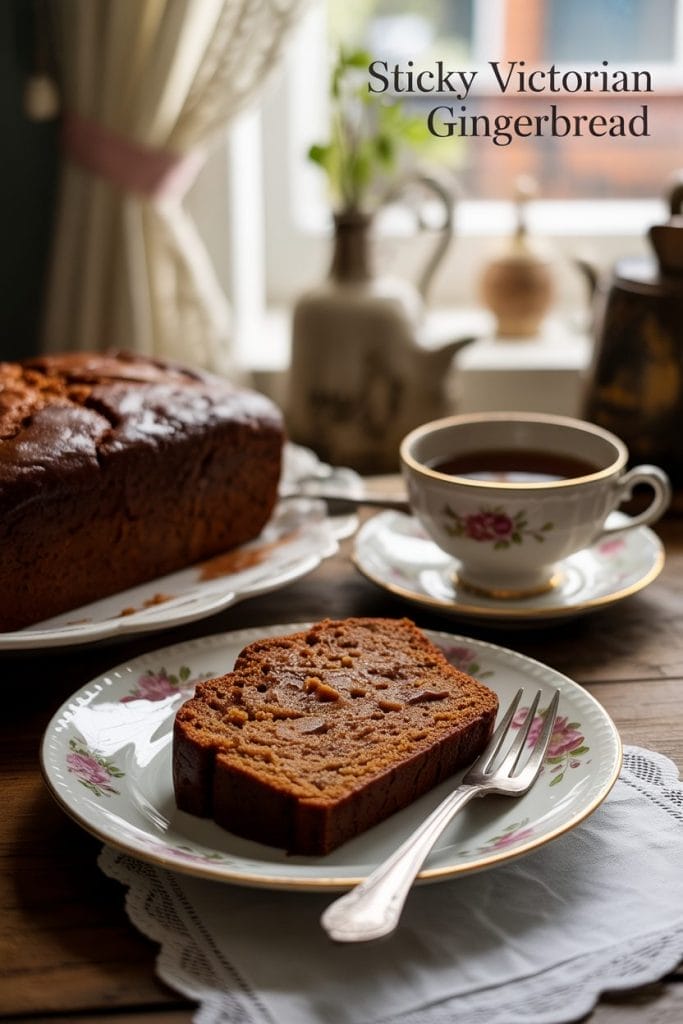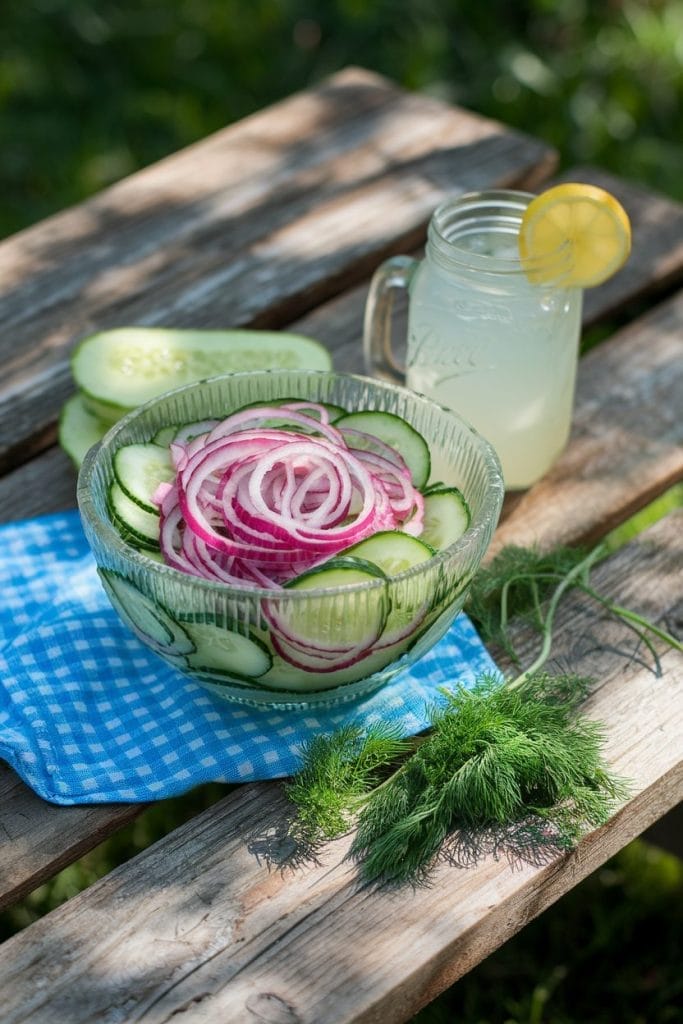I Made These FREE Vintage Recipe Tools JUST For You
This recipe was created with help from AI tools and carefully reviewed by a human. For more on how we use AI on this site, check out our Editorial Policy. Classic Fork earns a small commission from Amazon and other affiliate links at no extra cost to you, helping us keep our content free and honest.
These 5 Colonial American Recipes Are Shockingly Delicious (And Totally Cookable Today)
Time Period:
Meal Type:
Let’s be real—when you hear “colonial recipe,” you probably think of bland porridge or mystery meat stew. But what if I told you that 18th-century America actually had some bangers in the kitchen?
These five throwback recipes are surprisingly tasty, weirdly modern, and yes—totally doable with what you’ve got in your pantry.

What Would You Cook in Wartime?
Step back in time and discover what you could make with limited wartime rations
Johnnycakes
Johnnycakes were the go-to bread for many colonial Americans, especially in New England. These cornmeal flatbreads were simple, filling, and didn’t need an oven—just a hot griddle or stone.
The name likely came from “journey cakes” because travelers made and ate them on the move. Native Americans were already making something similar with corn long before colonists arrived. The colonists adapted this native dish using what they had: cornmeal, water, and sometimes milk or salt.
They were common across Rhode Island, Connecticut, and Massachusetts. Over time, they spread to the South too, though the southern version often included sugar or fat.
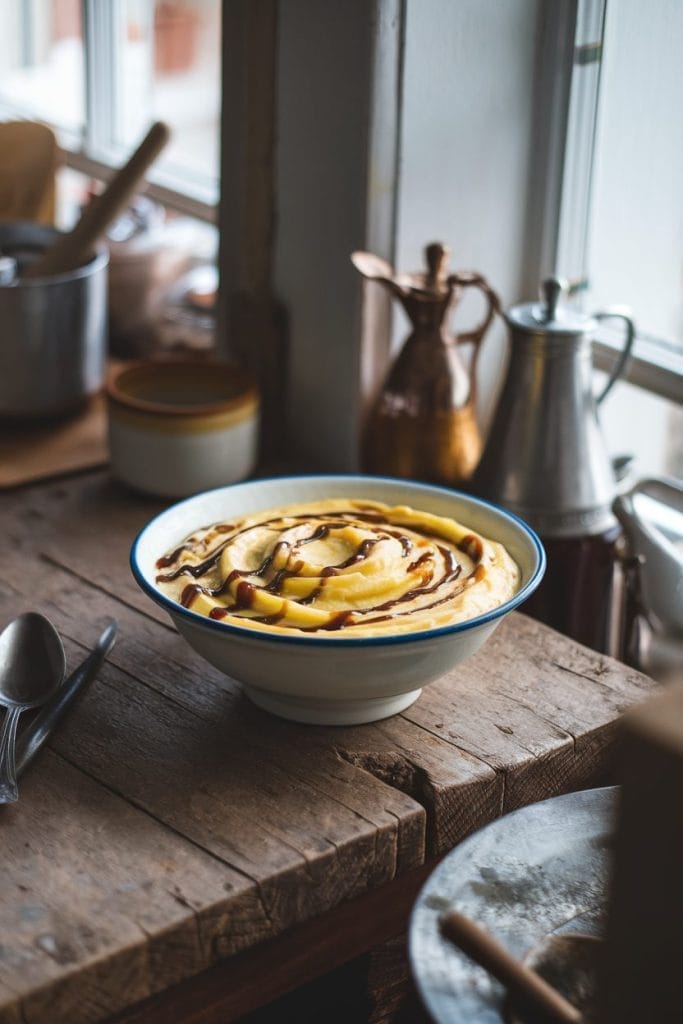
Hasty Pudding
Hasty pudding was a soft, porridge-like dish made by slowly cooking cornmeal or wheat flour in water or milk. It wasn’t exactly hasty to make, but it was simpler than baking bread.
This dish has roots in British cuisine, where “pudding” was a term for both savory and sweet mushy foods. In the colonies, it evolved with American ingredients—mainly cornmeal, thanks to Native American influence.
People ate it mostly in New England. It was often served at breakfast or supper, either plain or with sweeteners like molasses or maple syrup if you were lucky.

Indian Pudding
Indian pudding was the colonial answer to British plum pudding. But instead of wheat flour and fancy dried fruits, it used what was available: cornmeal (which they called ‘Indian meal’), milk, and molasses.
This dish was baked low and slow, often for hours, making it thick, dark, and rich. The name “Indian” here refers to the cornmeal, not the origin of the dish.
It was eaten mainly in New England, especially in Massachusetts. Colonists served it hot, often with cream or butter, especially in colder months.

Pepper Pot Soup
Pepper Pot Soup was spicy, hearty, and famous in Philadelphia. It came from Caribbean influence—brought by enslaved Africans and Caribbean immigrants who knew how to mix flavors with peppers, meat, and root veggies.
During the Revolutionary War, this soup became a symbol of endurance. Legend says George Washington’s army survived a harsh winter thanks to Pepper Pot. Cooks made it from whatever scraps they could find—tripe, beef, or salted meat, mixed with hot peppers and thickened with dumplings or bread.
Though born in struggle, the soup became iconic in Philadelphia, especially among the working class.

Shoofly Pie
Shoofly pie is one of the most famous desserts from the Pennsylvania Dutch, who were actually German immigrants. It’s made with molasses, brown sugar, and a crumbly topping. The name comes from the sticky molasses attracting flies—folks had to ‘shoo’ them away.
It was originally a breakfast food, often eaten with coffee. In an era when sweet treats were rare, this pie felt rich and indulgent. You’d find it in Pennsylvania and surrounding states.
This pie reflects how immigrant groups brought their traditions and adapted them to new ingredients.

Maggie Hartwell
Hi there, I’m Maggie Hartwell, but you can call me Maggie—the apron-clad foodie behind Classic Fork! I created Classic Fork because I’m convinced food has a way of telling stories that words can’t. So, grab a fork and dig in. The past never tasted so good!

